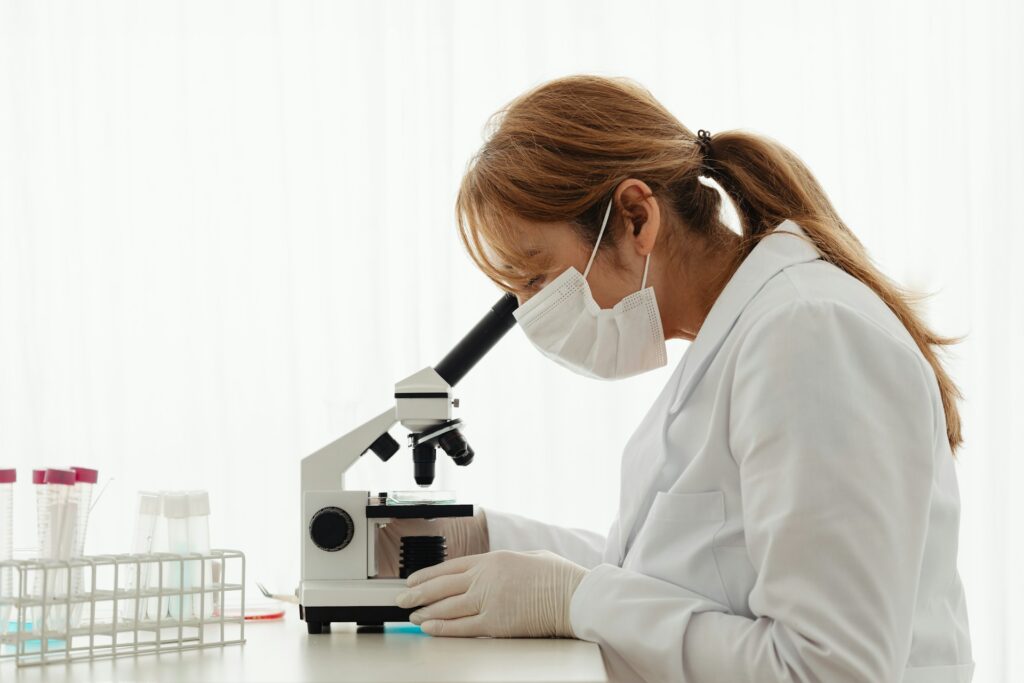
For all the planning, funding, and whiteboards covered in equations, some of science’s most mind-blowing discoveries have come down to pure accident. Whether it was a lab mix-up, a misread result, or someone just being curious enough to poke something they weren’t supposed to, these accidental inventions and discoveries changed the world—or at the very least, surprised the people who made them. These are some of the most impressive times scientists ended up with something they never intended, but that turned out to be entirely new.
1. Penicillin (because someone didn’t clean up properly)
In 1928, Alexander Fleming came back from holiday to find a petri dish he’d forgotten to throw away. On it, mould was growing, and the bacteria around it had completely disappeared. Most people would’ve just binned it, but Fleming looked closer and realised the mould was releasing a substance that killed bacteria. That discovery became penicillin, the world’s first true antibiotic. It was totally accidental, and it changed medicine forever. If not for that messy desk, modern medicine might look very different.
2. Plastic (sort of by accident, twice)
In the early 1900s, a chemist named Leo Baekeland was looking for a synthetic replacement for shellac, which was made from beetle resin. What he ended up making was Bakelite, the first fully synthetic plastic. It didn’t solve the shellac problem, but it opened the door to modern plastics.
Years earlier, another chemist named John Wesley Hyatt had been trying to make a substitute for ivory and ended up creating celluloid. Neither scientist set out to invent plastic. They just followed weird results to even weirder outcomes.
3. Microwave ovens (thanks to a chocolate bar)
While testing radar equipment in the 1940s, engineer Percy Spencer noticed the chocolate bar in his pocket had melted. It wasn’t hot in the room, and nothing else seemed out of place. He realised the radar’s microwaves were heating the chocolate from the inside out. That moment led to the invention of the microwave oven. A few more tests (including one with popcorn) confirmed the effect. He didn’t mean to revolutionise kitchens, but he did.
4. Post-it Notes (a failed superglue)
In the 1970s, a chemist at 3M named Spencer Silver was trying to develop an ultra-strong adhesive. Instead, he created a glue that barely stuck at all—it held paper together gently and could be peeled off without damage. For a while, nobody knew what to do with it. Then a colleague used the weak glue to mark pages in his choir hymnal. That was the moment Post-it Notes were born: not from success, but from a failure that turned out to be oddly useful.
5. X-rays (just playing with vacuum tubes)
In 1895, Wilhelm Röntgen was experimenting with cathode rays and covered part of his setup with heavy black cardboard. He noticed a nearby screen started glowing, even though it shouldn’t have. Something invisible was coming from his machine. What he had discovered was X-rays. Röntgen had no idea what they were, so he called them “X” for unknown. Within weeks, doctors were using them to look inside the human body—something no one had imagined possible before.
6. Teflon (invented when nothing happened)
In 1938, Roy Plunkett was trying to make a new refrigerant gas. He stored a sample in a pressurised canister, but when he opened it, nothing came out. Curious, he cut open the canister, and found it coated with a slippery white powder.
That powder was polytetrafluoroethylene, or PTFE—better known today as Teflon. It’s used in everything from non-stick pans to space suits. Not bad for something that was supposed to be a gas and did absolutely nothing when it should’ve exploded.

7. Safety glass (an oops in the chemistry lab)
In 1903, a French chemist named Édouard Bénédictus dropped a glass flask coated in cellulose nitrate. Instead of shattering, it cracked but held together. He realised the coating had kept the glass from breaking apart completely. That observation led to the invention of safety glass, which is now used in car windshields and protective gear. A moment of clumsiness turned into one of the biggest safety innovations of the century.
8. Vulcanised rubber (a literal hot mess)
Charles Goodyear spent years trying to make rubber less sticky and more durable. One day, he accidentally dropped a mixture of rubber and sulphur onto a hot stove. Instead of burning or melting, it charred slightly but stayed flexible.
This was vulcanised rubber—tougher, longer-lasting, and weather-resistant. It was exactly what he’d been chasing, but he found it entirely by mistake. The tyre industry, and pretty much everything else involving rubber—owes him for that spill.
9. The pacemaker (a broken circuit with a pulse)
Engineer Wilson Greatbatch was building a circuit to record heartbeats. He grabbed the wrong resistor by accident and inserted it into the device. Instead of recording a heartbeat, it generated one—a perfect, regular electrical pulse. That mistake led to the development of the first implantable pacemaker. He hadn’t meant to create a medical breakthrough, but his error ended up helping millions of people live longer, healthier lives.
10. Saccharin (because someone didn’t wash his hands)
In the late 1800s, chemist Constantin Fahlberg was studying coal tar derivatives. One day, after a long day in the lab, he went home and noticed his dinner tasted oddly sweet. He traced the flavour back to a compound he’d spilled on his hands. That sweet substance became saccharin, the first artificial sweetener. Not exactly an appetising origin story, but it kicked off an entire industry, and a lot of diet soft drinks.
11. Synthetic dye (an accident that coloured the world)
At just 18 years old, William Perkin was trying to synthesise quinine to treat malaria. What he ended up with was a purple sludge that stained everything it touched. Instead of throwing it away, he realised he’d accidentally made the world’s first synthetic dye. He called it mauveine, and it sparked a fashion craze. Until then, purple dye was expensive and rare. His accidental invention made it affordable, and launched the modern chemical industry almost by mistake.